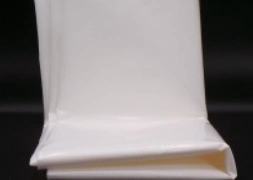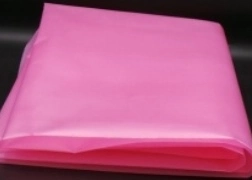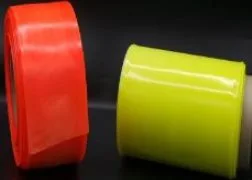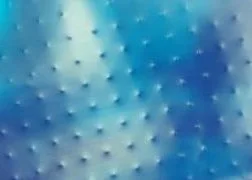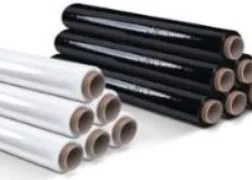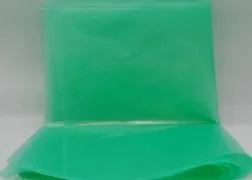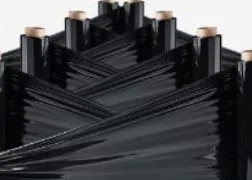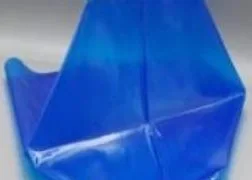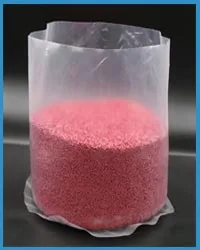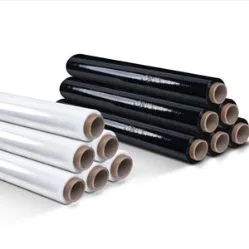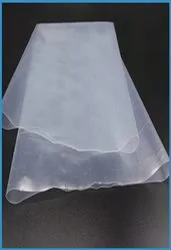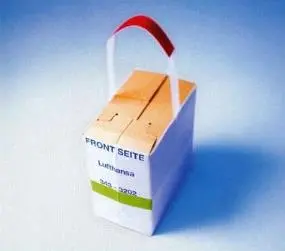In general, all PE types are not resistant to UV rays. Exceptions to this are the black-colored types, which are resistant to UV rays, also in conjunction with atmospheric oxygen.
During the polymerization, the ethylene molecules are linked together. This results in long, chain-like macromolecules made up of the same building blocks. The polyethylene molecules contain branches. The type of molecular chains and the length of the side chains have a significant influence on the properties of the polyethylene.
Under the influence of oxygen and light, these molecular chains are torn apart, the polyethylene decomposes and finally dissolves back into its starting materials, water and carbon. This process starts immediately, but only becomes visible after about 1 year, depending on the intensity of the sun's rays. Therefore, polyethylene is environmentally friendly, there are no residues, gases or other residues.
Depending on the percentage added and the masterbatch used, UV protection of up to 2 years can be achieved by adding a UV additive, depending on the film thickness.
Film made from regenerated material is not as well protected against UV radiation as film made from new material. During recycling, the old film is shredded, melted and extruded into new film. However, this massively destroys the molecular chains. They are then less branched and relatively short. The film then no longer has the high mechanical strength comparable to new material.
Other properties:
WATER VAPOR PERMEABILITY PE
OXYGEN PERMEABILITY PE


